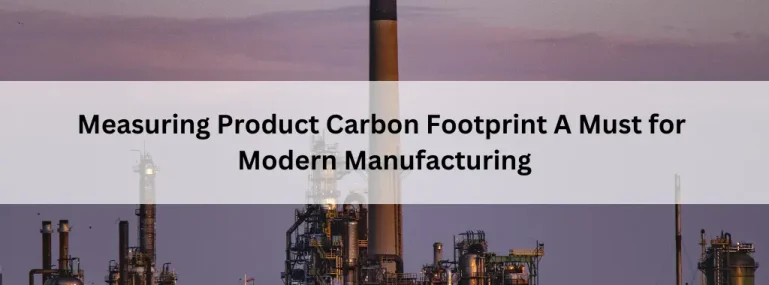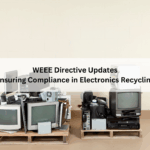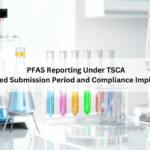In today’s world, sustainability is no longer optional. Manufacturing companies face a pivotal challenge: how to grow responsibly while minimizing their environmental impact. One of the most effective tools to achieve this balance is the Product Carbon Footprint (PCF)—a metric that quantifies the total greenhouse gas emissions associated with a product throughout its lifecycle.
Every product has a hidden environmental cost, from raw material extraction to disposal. Without visibility into these emissions, companies risk falling behind in regulatory compliance, losing customer trust, and missing opportunities for efficiency improvements. The absence of PCF measurement makes it difficult for organizations to identify emission hotspots, communicate transparently, and adapt to the growing pressures of climate-conscious markets.
The answer lies in systematically measuring the Product Carbon Footprint (PCF). PCF accounts for carbon emissions at every stage of a product’s life, including:
- Raw material extraction
- Manufacturing and processing
- Transportation and distribution
- Usage by consumers
- End-of-life disposal or recycling
By adopting standardized frameworks like ISO 14067 or the GHG Protocol Product Standard, leveraging digital lifecycle analysis tools, and collaborating with suppliers to gather accurate upstream data, companies can measure their PCF effectively. Setting reduction targets and monitoring progress ensures continuous improvement.
Measuring PCF delivers multiple strategic advantages:
- Regulatory Compliance – Governments are tightening climate-related regulations. For example, the EU’s Carbon Border Adjustment Mechanism (CBAM) requires importers to report embedded emissions. PCF measurement helps businesses remain compliant and avoid penalties.
- Customer Demand for Transparency – Eco-conscious consumers, especially Gen Z and millennials, increasingly want to understand the environmental impact of their purchases. Companies that disclose PCF data can build trust and brand loyalty.
- Competitive Advantage – Early adopters of PCF measurement stand out in crowded markets. Offering low-carbon products or carbon-neutral options becomes a strong differentiator for attracting sustainability-minded clients and investors.
- Operational Efficiency – Tracking PCF often highlights inefficiencies in energy use, logistics, or material sourcing. Addressing these areas reduces costs while lowering emissions—a win-win for profitability and sustainability.
Measuring PCF isn’t just a sustainability initiative—it’s a strategic transformation in how products are made, marketed, and managed. For manufacturing companies, it aligns environmental responsibility with long-term business growth.
At ComplianceXL, we help organizations navigate this journey by offering expertise in PCF reporting, regulatory compliance, and lifecycle emissions analysis. Partnering with us ensures that your business not only meets global sustainability standards but also builds resilience, trust, and a competitive edge in today’s evolving marketplace.





